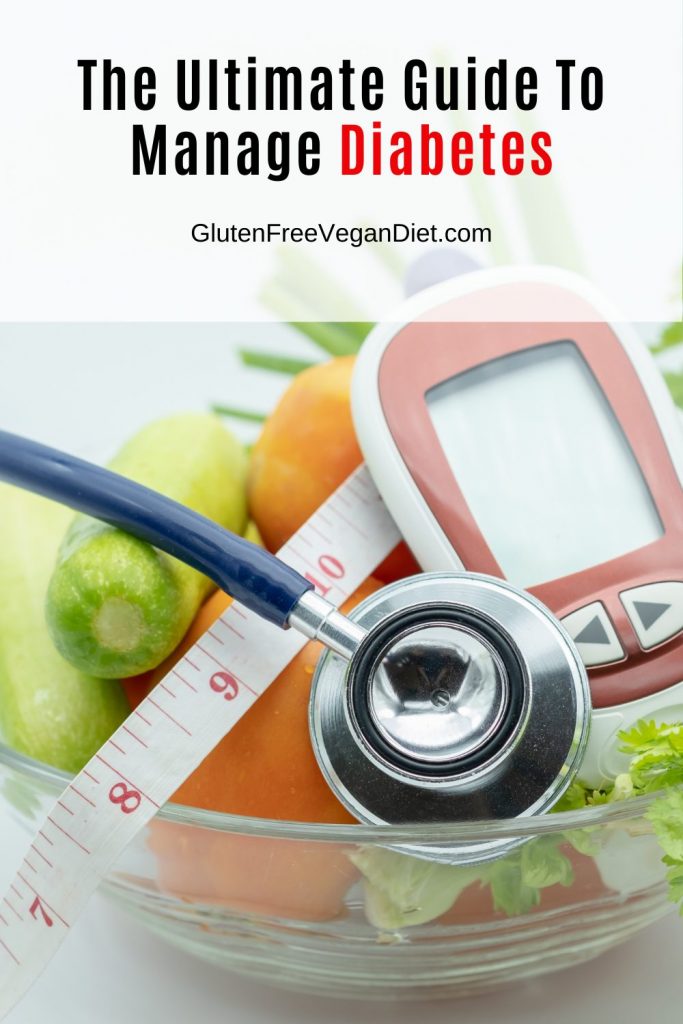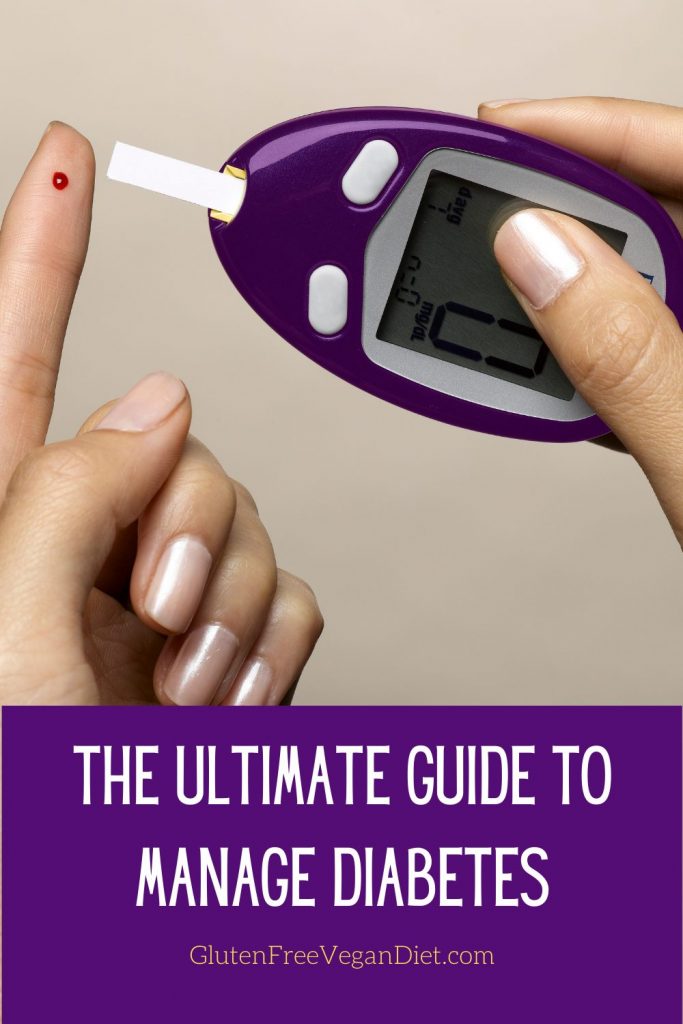Diabetes Mellitus is one of the most costly burdensome chronic diseases of our time and is condition that is increasing in epidemic population in the whole world. The complications resulting from the diseases are a significant cause of morbidity and mortality and are associated with failure of various organs such as the eyes, kidneys and nerves. Diabetics are also at a significantly higher risk for coronary artery disease, peripheral vascular disease and stroke, and they have a greater likelihood of having hypertension dyslipidemia and obesity.
What is Diabetes?

Diabetes is a serious disorder of the glands, of pancreas to be exact, called Madhumeha in Ayurveda. It is one of the most insidious disorders of the metabolism and, if left undiagnosed, may lead to rapid emaciation and ultimately death.
What are the types of Diabetes?
According to Ayurveda Diabetes is of two types: Diabetes Mellitus- Insulin dependent Juvenile Diabetes (IDDM-Type I) in which the body is unable to produce insulin and Non Insulin Dependent Adult Onset Diabetes (NIDDM-Type II) in which the pancreas produces insulin, but it is insufficient for reducing the blood glucose to normal levels.
What are the common symptoms of Type- 1 Diabetes?
Some common symptoms of Type- 1 Diabetes are:
Excessive Thirst
Frequent urination
Unexplained weight loss
Irritability
Weakness
Fatigue
What are the common symptoms of Type- 2 Diabetes?
Some common symptoms of Type- 2 Diabetes are:
Loss off weight
Numbness in hands or feet.
Uncontrolled infections
Pain in the limbs
Inflammatory chest infections
Dimness of vision, contrast
Excessive thirst
Body weakness
What are the different tests for Diabetes?
Which parts of my body are affected by Diabetes?
How do I know if my diabetes medicines are working?
Learn to test your blood glucose. Ask your doctor about the best testing tools for you and how often to test. After you test your blood glucose, write down your blood glucose test results. Then ask your doctor teacher if your diabetes medicines are working. A good blood glucose reading before meals is between 70 and 140 mg/dL.
Ask your doctor about how low or how high your blood glucose should get before you take action. For many people, blood glucose is too low below 70 mg/dL and too high above 240 mg/dL.
One other number to know is the result of a blood test your doctor does called the A1C. It shows your blood glucose control during the past 2 to 3 months. For most people, the target for A1C is less than 7 percent.
Home Remedies for Diabetes:
The best remedy for this disease is the bitter gourd, better known as “karela”. Eat this vegetable as often as you can or have at least one tablespoon of karela juice daily to reduce blood sugar levels in your blood and urine.
Amla, due to its vitamin C content is effective in controlling diabetes. A tablespoon of its juice, mixed with a cup of fresh bitter-gourd juice, taken daily for two months will secrete the pancreas and enable it to secrete insulin.
Take ten tulsi leaves, ten neem leaves and ten belpatras with a glass of water early morning on an empty stomach. It will work wonders in keeping your sugar levels under control.
The leaves of Butea tree are very useful in diabetes. They reduce blood sugar and are useful in glycousia.
Take two teaspoons of powdered Fenugreek seeds with milk. Two teaspoons of the seeds can also be swallowed whole, daily.

Eat 10 fresh fully grown curry leaves every morning for three months. It prevents diabetes due to heredity factors. It also cures diabetes due to obesity.
*100% safe and Natural Ayurvedic Medicines for Arthritis, Gout, Weight Control, Diabetes, Heart, Vigour and Vitality, Menstruation, Skin Care… made from Traditional Ayurvedic Herbs. Ayurveda, Diet Chart, Home Remedies, Massage, Naturopathy, Tips, Beauty and Skin Care.. Online Consultation, Books, CD/DVDs*


